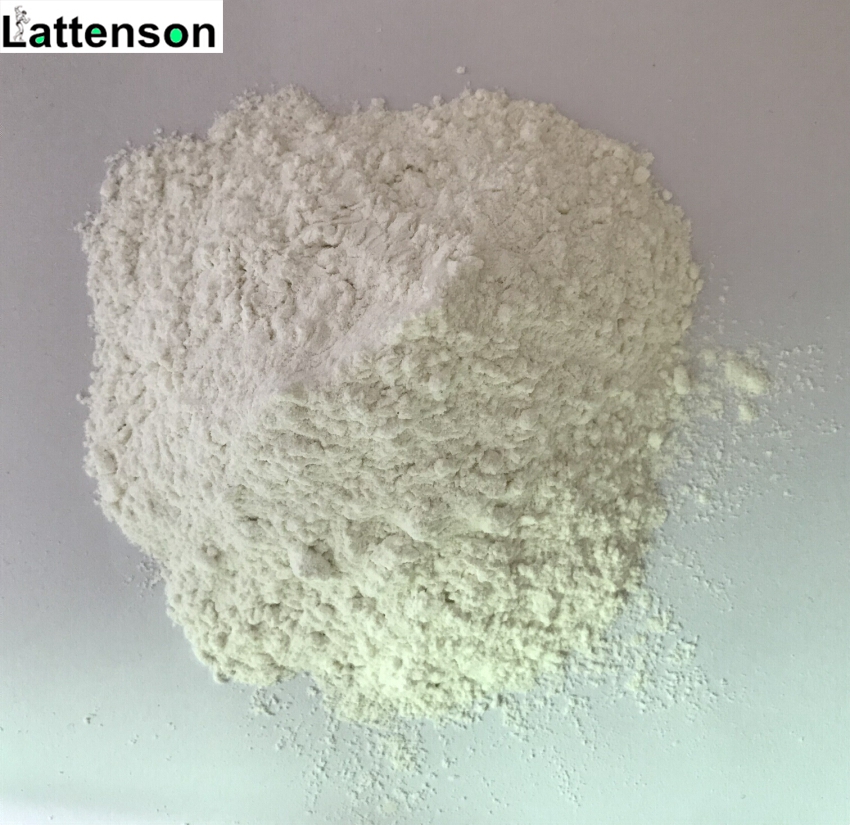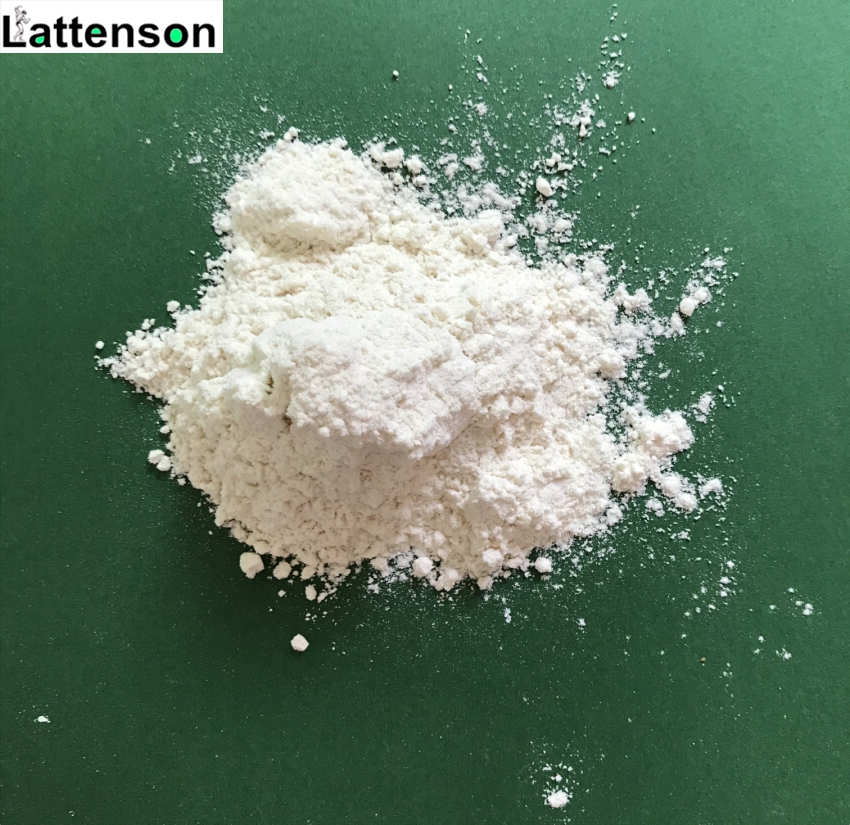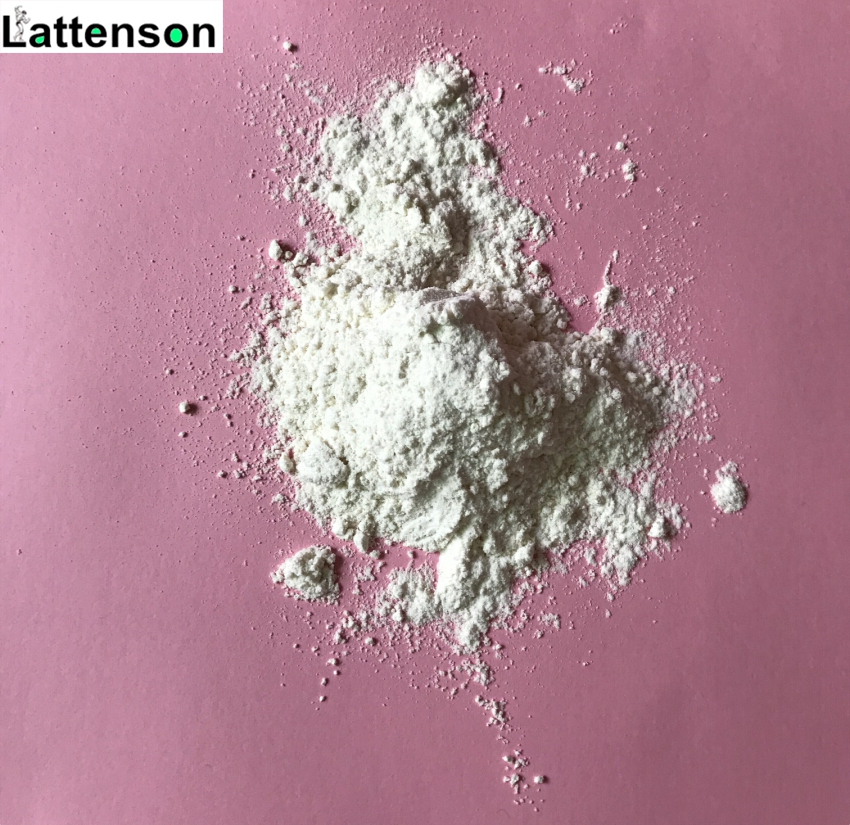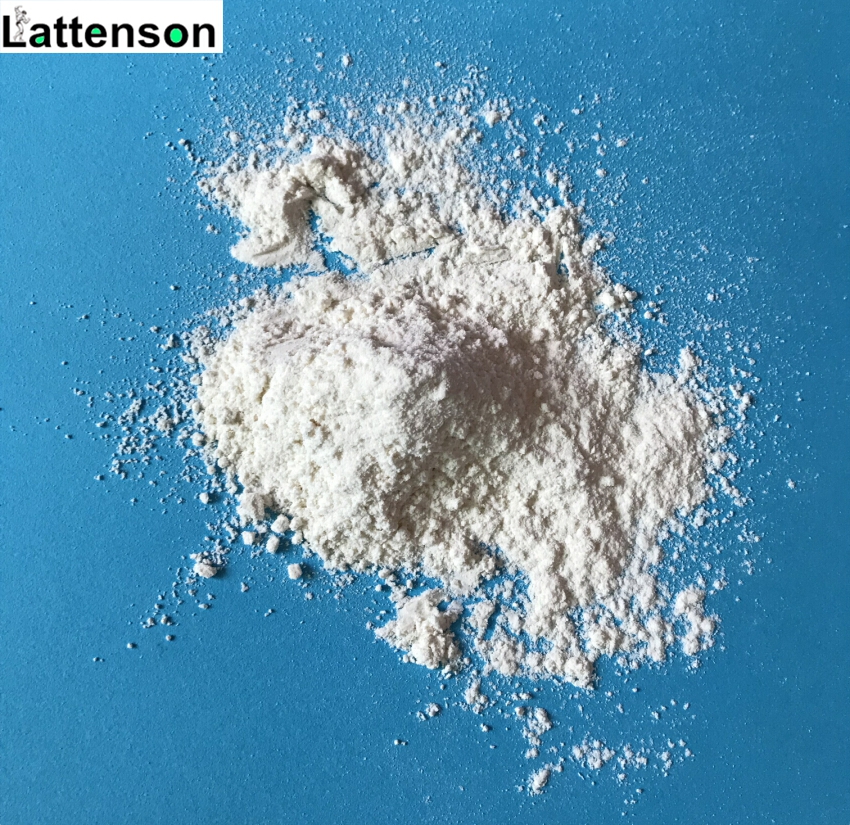Basic Details:
Product Name: Lidocaine
CAS: 137-58-6
MF: C14H22N2O
MW: 234.34
EINECS: 205-302-8
mp: 66-69°C
storage temp: Store at RT
solubility ethanol: 4 mg/mL
form: powder
Water Solubility: practically insoluble
Stability: Stable. Incompatible with strong oxidizing agents.
Usage: Lidocaine is a selective inverse peripheral histamine H1-receptor agonist with an IC50 of
>32 μM.
Description:
Lidocaine, xylocaine, or lignocaine is a common local anesthetic and class-1b antiarrhythmic
drug. Lidocaine is used topically to relieve itching, burning, and pain from skin inflammations,
injected as a dental anesthetic, or as a local anesthetic for minor surgery.It is on the World Health
Organization’s List of Essential Medicines, a list of the most important medications needed in a
basic healthcare system.
Lidocaine is the most important class-1b antiarrhythmic drug; it is used intravenously for the
treatment of ventricular arrhythmias (for acute myocardial infarction, digoxin poisoning,
cardioversion, or cardiac catheterization) if amiodarone is not available or contraindicated.
Lidocaine should be given for this indication after defibrillation, CPR, and vasopressors have
been initiated. A routine prophylactic administration is no longer recommended for acute cardiac
infarction; the overall benefit of this measure is not convincing.
Application:
Lidocaine crosses the blood-brain and placental barriers, presumably by passive diffusion.
Lidocaine is metabolized rapidly by the liver, and metabolites and unchanged drug are excreted
by the kidneys. Biotransformation includes oxidative N-dealkylation, ring hydroxylation, cleavage
of the amide linkage, and conjugation. N-dealkylation, a major pathway of biotransformation,
yields the metabolites monoethylglycinexylidide and glycinexylidide. The pharmacological /
toxicological actions of these metabolites are similar to, but less potent than, those of Lidocaine.
Approximately 90% of Lidocaine administered is excreted in the form of various metabolites, and
less than 10% is excreted unchanged.
Lab Test Result:
| ITEMS |
SPECIFICATIONS |
RESULTS |
| Appearance |
White crystalline powder |
Pass |
| Purity |
99.00%-101.00% |
99.56% |
| Identification |
Chloridate |
Positive |
| Test A |
Positive |
| Melting point |
66-69°C |
Pass |
| Appearance of solution |
Clear and colourless |
Pass |
| Water |
5.5-7.0% |
6.7% |
| Acidity PH |
4.0-5.5 |
5.2 |
| Sulphated ash |
0.10% max |
0.08% |
| Heavy metals |
5ppm max |
Pass |
| 2, 6-Dimethylaniline |
100ppm max |
Pass |
| Conclusion |
It conforms to EP standard |
|
| Local Anesthetic Powder |
| Benzocaine |
Prilocaine |
| Benzocaine HCL |
Procaine |
| Bupivacaine HCL |
Procaine HCL |
| Levobupivacaine HCL |
Propitocaine HCL |
| Lidocaine |
Ropivacaine HCL |
| Lidocaine HCL |
Tetracaine |
| Pramoxine HCL |
Tetracaine HCL |













 Sales Manager
Sales Manager